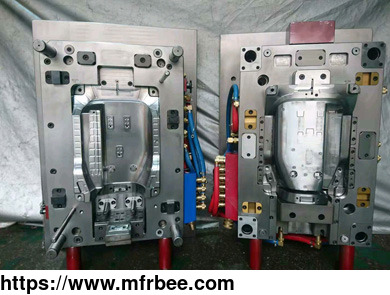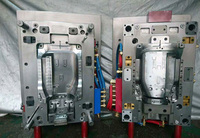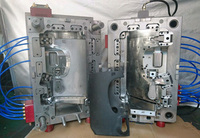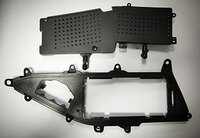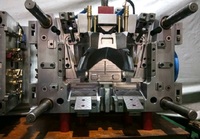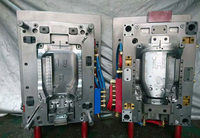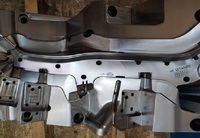Insert Mould
Specifications
Insert molding is an injection molding process used to encapsulate a component in a plastic part.
The insert custom plastic injection molding process can be divided into two basic steps. First, the component is loaded into the mold before the molding process. Second, it takes the shape of the
part and locks the component into the plastic as molten plastic is injected into the mold.
Features of Insert Mould
Insert molding is the process of inserting a part into a mold prior to the injection molding process. Since the insert injection molding process is the same, different materials are fed into the
mould so as to produce different mould products. The main features of using insert mould by GM-TECH, a reliable injection moulding manufacturer, include:
Improved strength
A strong and reliable attachment point for inserts
Cost-effective compared with other inserting processes
No significant mold changes required
The Specification of Insert Mould
Part material ABS
Cavity 1
Mold accuracy + / - 0.02
Mold steel H13
Moldbase steel 1.1730
Mold life 100W
Mold standard HASCO
Mold structure 3 slides
Exporting country Germany
Leadtime 4 weeks
Mold quality customer satisfaction 98%
FAI pass rate 96%
Project cooperation service customer satisfaction 98%
How does Insert Mould Work?
Insert molding is a powerful tool used to support the form and function of plastic injection molded parts. Insert molding refers to incorporating other parts, particularly metal parts, directly
into the injection-molded product.
For instance, if there are metal inserts that we need to paste it to plastic. We need to place the metal inserts into the insert mold before injecting the plastic. The inserts will be surrounded by
the plastic during the injection process, leaving the insert bonded firmly to the material after cooling and curing.
If you want to know more details of mold technology, please visit our website.
- Country: China (Mainland)
- Address: Shengan Building A, Hengzeng Road Chang'an Town, Dongguan, Guangdong, China
- Contact: Kevin Shaw
